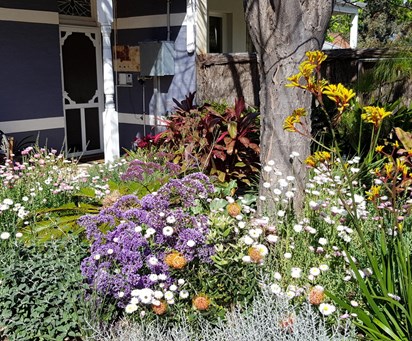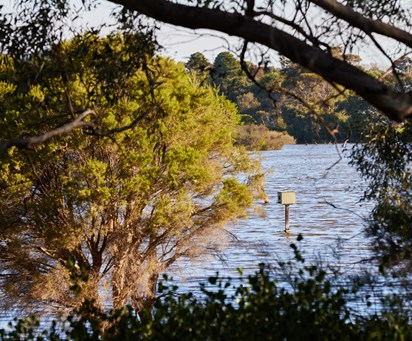
A unique control technique is being trialled in Perth's western suburbs in a bid to eradicate any remaining Queensland fruit fly (Qfly) from the area.
A unique control technique is being trialled in Perth's western suburbs in a bid to eradicate any remaining Queensland fruit fly (Qfly) from the area.
The Department of Primary Industries and Regional Development has been responding to an outbreak of Qfly since March this year, undertaking a program including surveillance, fruit hygiene, mass trapping and baiting to eradicate this insect pest.
Over the next few weeks, the Sterile Insect Technique (SIT) will be trialled in the Quarantine Area to interrupt the breeding cycle of any Qfly remaining in the area.
Sterile Qfly will be released on a weekly basis to mate with any residual wild Qfly, resulting in infertile eggs and no future hatchings of fruit fly larvae. The sterile flies are dyed with a fluorescent powder which glows under UV light for easy identification.
DPIRD will assess the effectiveness of the program by checking the traps in the Quarantine Area weekly and examining any adult Qfly found under a fluorescent microscope to determine if they are SIT or wild Qfly.
The SIT technology was used to successfully eradicate Qfly from an area covering approximately 800 square kilometres across Perth in 1990.
Qfly is one of the world's worst fruit pests, attacking a wide range of fruits, some fruiting vegetables and some ornamental plants.
A Quarantine Area and movement restriction for fruit and vegetables remains in place for all or parts of Claremont, Nedlands, Dalkeith, Crawley, Mount Claremont, Cottesloe, Peppermint Grove, Swanbourne, Karrakatta and Shenton Park.
More detailed information is available at https://www.agric.wa.gov.au/Qflyupdate


